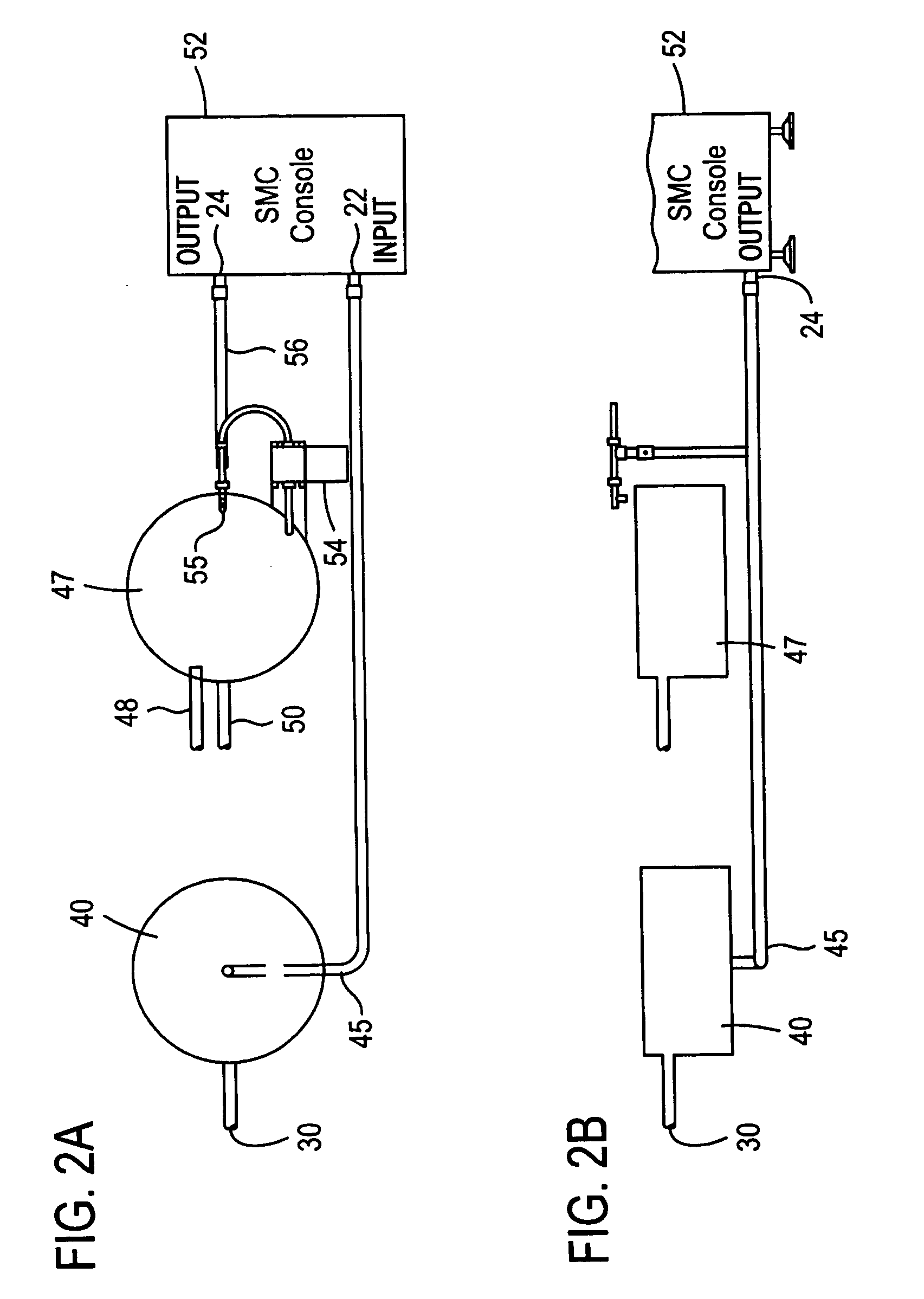Method and device for removal of ammonia and related contaminants from water
a technology of ammonia and water, applied in the direction of water/sludge/sewage treatment, mechanical vibration separation, chemistry apparatus and processes, etc., can solve the problems of reducing the amount of global industrial waste water at hand, demonstrating unsatisfactory solutions, and curbing global warming, so as to reduce the concentration of nitrite and nitrate and organic carbon. , the effect of removing ammonia
- Summary
- Abstract
- Description
- Claims
- Application Information
AI Technical Summary
Benefits of technology
Problems solved by technology
Method used
Image
Examples
Embodiment Construction
[0031]A major technological difference between a bio filter and the sono molecular-conversion processes is that the former relies upon bacterial digestive oxidation processes of living aerobic and anaerobic organisms while the latter relies upon the science of matter, where high temperature and pressure initiates molecular dissociation and association causing molecules to split into simpler groups of atoms, single atoms or ions.
Sono-Molecular-Conversion Nitrification (Dissociation):
[0032]The inventor's experimentation, has demonstrated the following interrelationships associated with sono-molecular-conversion nitrification (dissociation) of ammonia (NH4 / NH3). Ammonia / water mixtures were irradiated with ultrasound pressure waves having a frequency of 30 kHz and intensity settings of 2.0, 1.5, and 1.0 W / cm2. The corresponding pressure amplitudes were, respectively, 212 kPa, 150 kPa, and 100 kPa. The ammonia / water concentrations were 2.0, 4.0, 8.0, and 250 mg / L. The water sources, vari...
PUM
| Property | Measurement | Unit |
|---|---|---|
| frequency | aaaaa | aaaaa |
| residual concentration | aaaaa | aaaaa |
| residual concentration | aaaaa | aaaaa |
Abstract
Description
Claims
Application Information
 Login to View More
Login to View More - R&D
- Intellectual Property
- Life Sciences
- Materials
- Tech Scout
- Unparalleled Data Quality
- Higher Quality Content
- 60% Fewer Hallucinations
Browse by: Latest US Patents, China's latest patents, Technical Efficacy Thesaurus, Application Domain, Technology Topic, Popular Technical Reports.
© 2025 PatSnap. All rights reserved.Legal|Privacy policy|Modern Slavery Act Transparency Statement|Sitemap|About US| Contact US: help@patsnap.com



